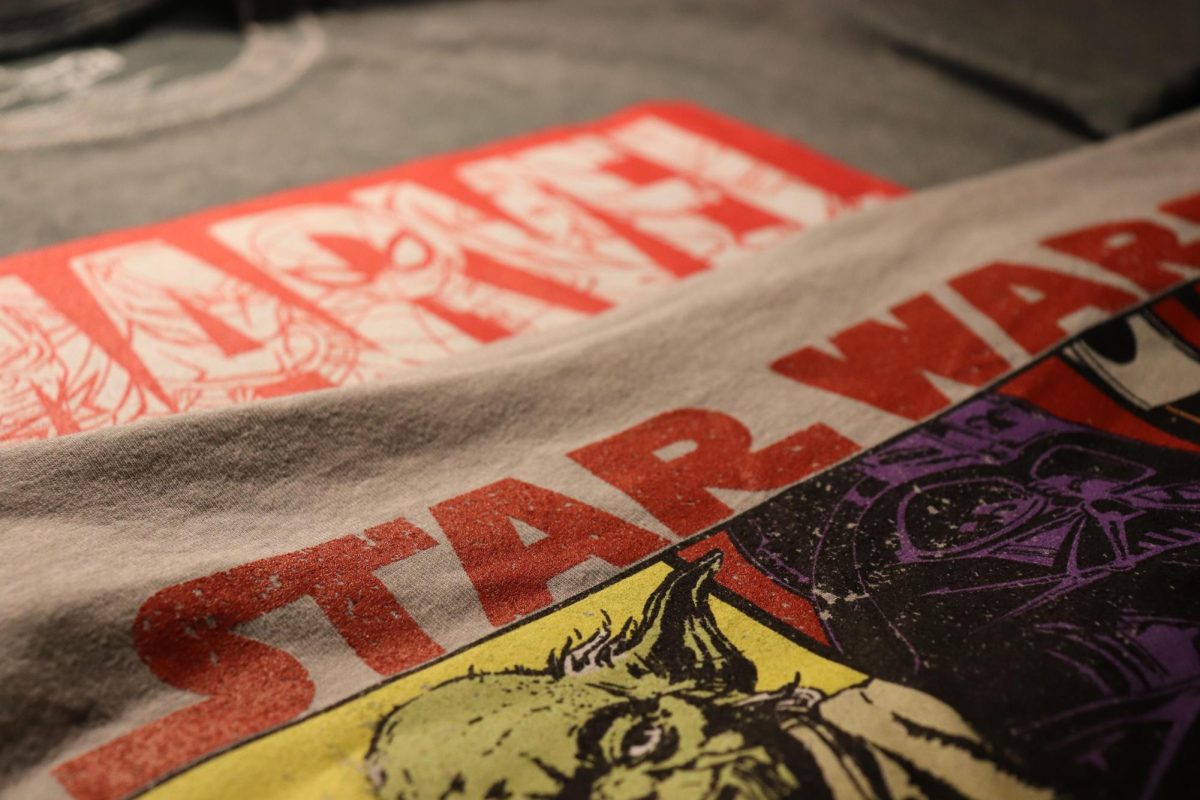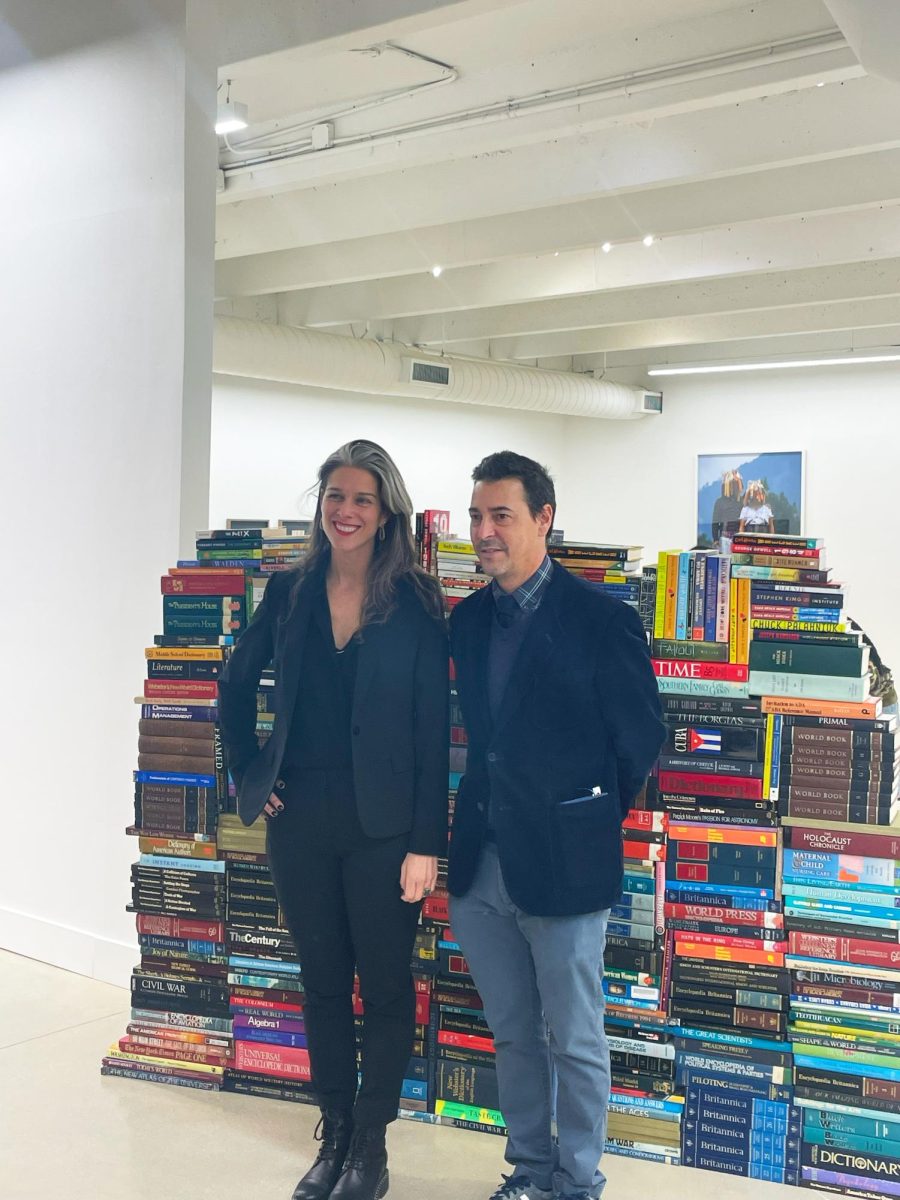The Marvel Cinematic Universe Phases 1-3 had about 3,000 minutes of content spread over 12 years (2008-2019). Fairly impressive. But then comes Phase 4: 3,500 minutes of content in two years. The point? There’s been more M.C.U. content in the entirety of Phase 4 (Post-”Avengers: Endgame”) than in the previous 12 years combined.
The Mouse’s oversaturation of Marvel has diluted the magic that once made its characters and narratives so captivating. The survival of the M.C.U. hinges on its ability to preserve the novelty and excitement that once brought its iconic heroes to life. Despite Disney’s efforts, dwindling audience engagement, sub-par writing and poor CGI plague the M.C.U. With Disney pumping out staggering amounts of Marvel content in such a short time, even Marvel fans amongst the Ransom Everglades community now wonder: have they made too much of a good thing?
In the Phases 1-3 era, Marvel captivated the attention of RE students, who look back fondly on the films’ ability to bring classic heroes to life. Tyira Jackson ’24 found the old movies captivating because “I could easily go into the realm of Marvel without having to dive into comics. Movies weren’t as intimidating as the comic book series, and they allowed me to become enamored with Marvel without having to play catch up with comic book lore.”
Newer Marvel films have struggled to maintain the same interest—a pattern that echoes their poor performance at the box office and among critics. For the most part, it appears as if these newer M.C.U. films are balancing on a tightrope. Either the films struggle to meet financial returns relative to their production costs or they do make money—but they’re ruthlessly slammed by critics and audiences alike.
In the case of the Phase 5 film, “Ant-Man and the Wasp: Quantumania,” it’s both. To break even during its theatrical run, “Ant-Man” needed to bring in roughly $600 million. In the end, not only did the film fail in doing so, but it also left RE audiences wanting more. Junior Hudson Kaplan ’25 walked away from the film feeling it wasn’t “as grand as your average Marvel movie. The CGI appeared photoshopped and felt very rushed like it was a small budget film.”
New M.C.U. projects can’t even be called “events” anymore. As Gerry Mena ’24 explained, “It’s like every three months, there’s a new marvel movie or series, so it’s kind of lost the mystique that originally surrounded them.”
Freshmen Samuel Bussel-Alonso ’27 mused that the M.C.U. is on a downward trend because Disney relied too heavily on its influence. They had assumed every rapidly produced film and series would be a mass success because it had the Marvel brand backing it. “If they don’t attempt to add something new to the movies, viewership will continue to dwindle. Marvel must evolve,” he said.
In some ways, Disney did attempt to “evolve” the M.C.U. by releasing content at a much faster rate than before. But the constant influx of content exhausted its audiences. “How am I supposed to stay invested when they don’t give time for the emotional impact of the previous project to really soak in. It’s just immediately on to the next,” Morgan Williams ’26 said.
Instead of strengthening viewers’ enthusiasm, Disney’s approach also provided audiences with an abundance of material to scrutinize, particularly in terms of CGI quality and writing.
The main villain responsible for the M.C.U. ‘s oversaturation is the Mouse’s beloved streaming service, Disney+. 11/18 Phase 4 and 5 projects have been released and housed on the service, all of which are TV series with episodes ranging from half an hour to 50 minutes long.
This dependence on Disney+ has inevitably made M.C.U. content feel like homework, forcing audiences to play “catch up” with every new show. With how fast these shows are produced, it’s become difficult for all but the most dedicated audiences to constantly check-in and be aware of every addition to the lore.
Still, some within the RE community regard these shows in a positive light. As Mr. Fontaine, RE’s upper school librarian and a longtime fan of Marvel Comics, put it, some of the shows are beneficial because they provide lesser-known characters “another chance for exposure” from audiences who have not read their graphic novels.
Jaerla Sajous ’25 had a different perspective on Marvel saturating its universe with newer characters, however. “[It] overcomplicates something that was previously so simple. By adding unnecessary characters, [Marvel] creates other genres and subgenres of the ones [the audience] already knows.”
Both Mr. Fontaine and Sajous agreed that the main issue lies in the fact that these series are exclusively on Disney+. “If you’re not a Disney+ subscriber, you’re going to be left out regarding the video representations of these new characters,” Mr. Fontaine remarked. Marvel movies used to pursue ‘cinematic event’ status by targeting the widest possible audiences. By producing large quantities of content only available on one platform, Disney has foolishly isolated non-subscribers.
Because he hadn’t seen “WandaVision,” a show intricately tied to three M.C.U. films, when Tariq Maduro ‘26 went to see the film “Doctor Strange and the Multiverse of Madness,” he had “no idea what was going on.” The lack of context made the movie feel riddled with plot holes. “It just wasn’t as immersive,” he said.
Luiza Bell ‘25 emphasized this point. “Yeah, sure, Disney+ makes the M.C.U. library more organized, but you don’t know if you’re paying for a subscription to see shows that are important to the overarching storyline or if the show is a completely irrelevant filler like ‘What If?’, ‘Eternals,’ ‘She-Hulk,’ etc.”
Out of the 18 projects released in the Multiverse Saga, only four highlight the concept of the multiverse. Unfortunately, each of the films portrays the multiverse in differing, inconsistent ways. “In a sense,” Mr. Fontaine mused, “there’s different multiverses in all of these storylines. Where do they meet?”
Sprinkled between these scarce multiverse-focused projects are films and TV shows that have no relation to the overarching multiverse narrative. The newest additions range from small, focused street crimes to elaborate metaphysical battles between gods. Such stark tonal and genre differences distract audiences from the idea that each film is intended to be a step towards something.
“The reason why current Marvel movies are bad is because they’re not laying the groundwork properly,” Jackson surmised. By straying further and further from the graphic novels they previously relied on in Phases 1-3, the M.C.U. has lost its clear vision and storytelling direction. And the audience’s disappointment at this loss has only been made more apparent by the reoccurring poor CGI in newer Marvel installations.
The series “She-Hulk: Attorney at Law” is infamous for its poor-quality CGI, which became the target of numerous memes and comments circulating throughout social media. In response to this, members of the “She-Hulk” VFX team, along with other VFX houses, talked publicly about a punishing production schedule that left them feeling “incredibly crushed by the studios in general.” One ex-Marvel VFX worker, Dhruv Govil, claimed that working on Marvel shows had been “what pushed [him] to leave the VFX industry” and he had witnessed colleagues “break down after being overworked, while Marvel tightens the purse strings.”
From the fan perspective, the shoddier CGI that results from these poor labor conditions ruins the immersive experience that should go hand in hand with Marvel films. Jackson explained that storylines “are overshadowed by [Marvel’s] need to bring out every special effect they can,” and when done poorly, these effects “ruin the illusion of the movie.”
Though the aforementioned students have pulled away from the M.C.U.’s oversaturation, Mr. Fontaine is not finished with Marvel quite yet. “Growing up,” he said, “the only representation I had was reading graphic novels. To finally see it on the big screen and have it done well was… remarkable.” Coupled with his nostalgic love for Marvel, Mr. Fontaine also feels that there is “nothing like the theater experience.”
“At the end of these movies, people clap and they’re shouting and cheering,” Mr. Fontainse said. “It’s fun to be a part of that.”
All is not quite lost in terms of audience engagement. Still a lingering weariness surrounding the rapid production of these projects continues to spread across the RE community, and the dwindling film quality has done nothing to alleviate it. The House of Mouse must choose. Either they step off the gas pedal or lose more audiences.
“In terms of Marvel stuff,” Mena said, “based on the quality of the last few things that have been put out, multiverse or not, I’m tapped out. I’m no longer invested.”







